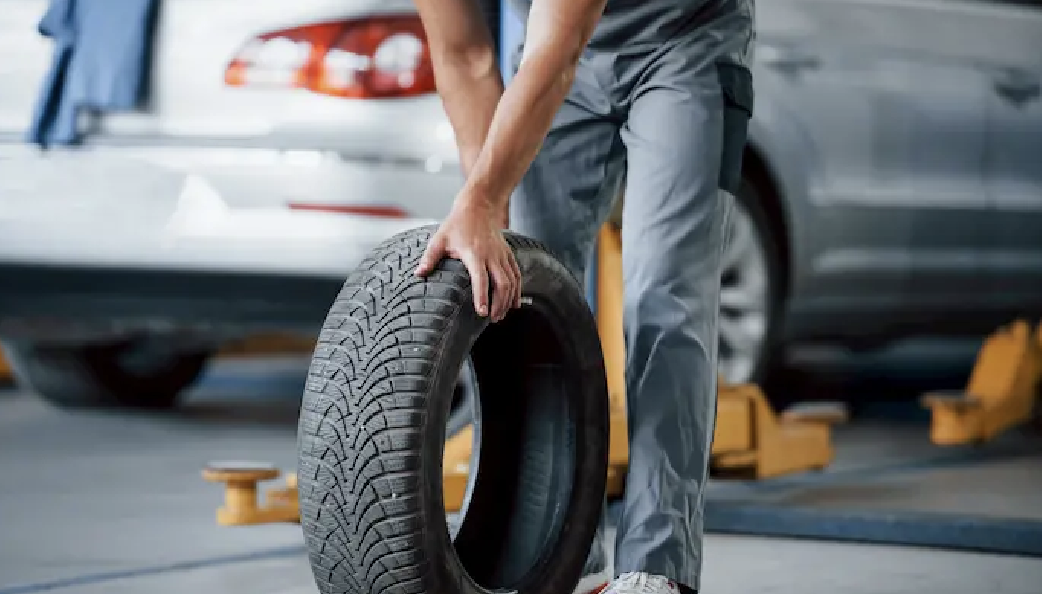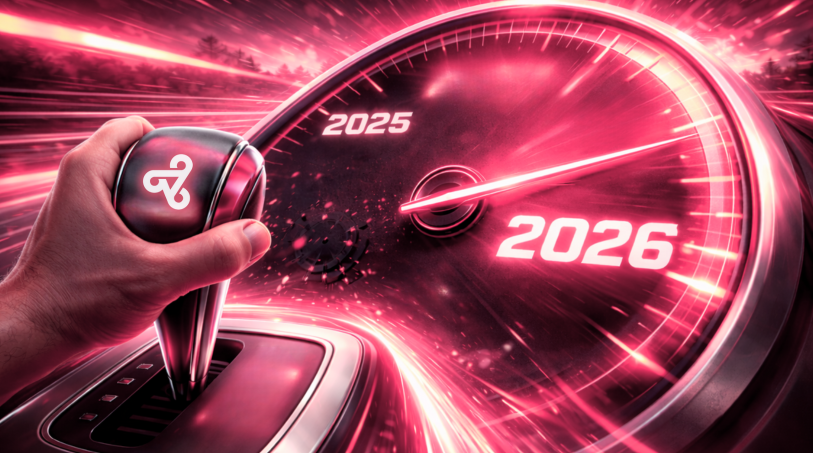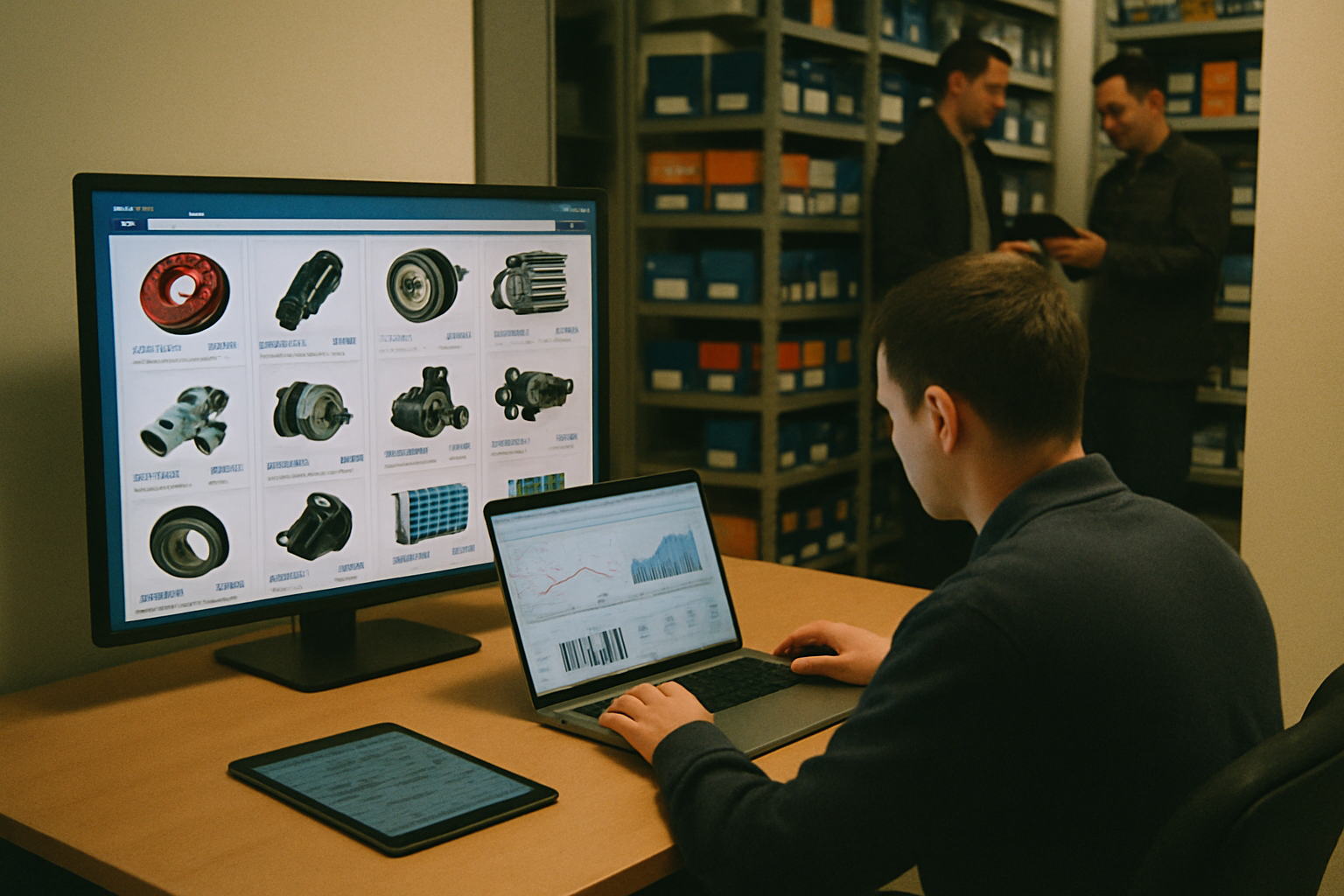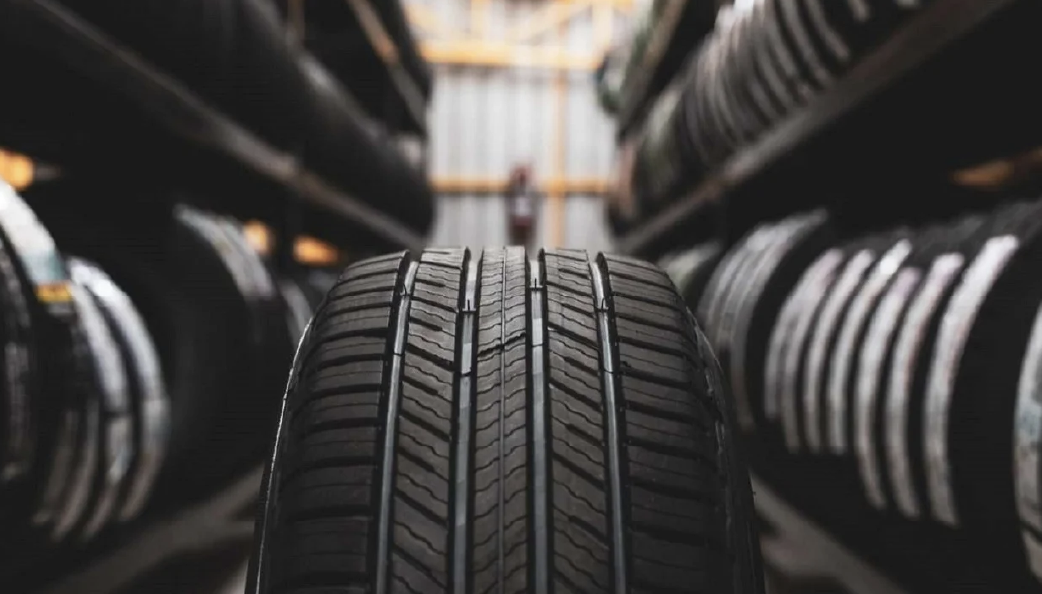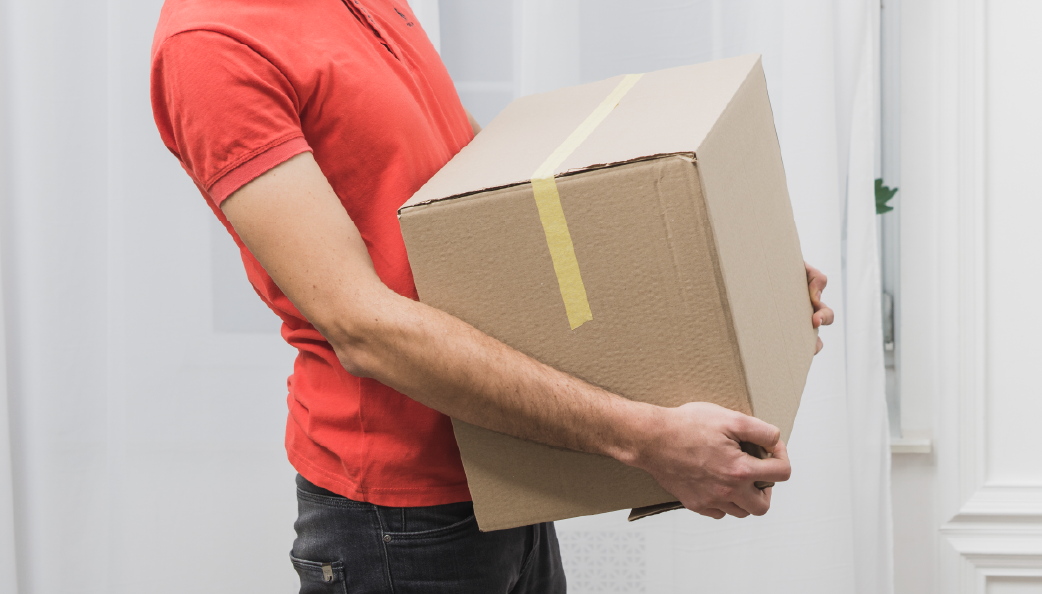As e-commerce for auto parts and components continues to grow in Latin America, so do customer expectations regarding delivery options. In this context, the pick-up-in-store (PUIS) model or in-store pickup points are gaining ground as a flexible, efficient solution increasingly valued by consumers, distributors, and brands alike.
The model allows buyers to choose where and when to pick up their orders, solving one of the major limitations of traditional e-commerce: the need to be available at a fixed time to receive the delivery.
A concrete response to new shopping habits
The rise of the in-store pickup model is no coincidence. Recent data shows that e-commerce in Latin America reached around USD 507 billion in 2023, with projections surpassing USD 1 trillion by 2027, driven by consumers who prioritize convenience and flexibility in delivery.
According to the Latin America E-Commerce Blueprint report by Payments & Commerce Market Intelligence (PCMI), online buyers in the region increasingly seek simplicity and flexible delivery options, accelerating the adoption of models like click & collect.
In response, many auto parts platforms have begun implementing PUIS systems including physical stores, partner workshops, or distribution centers where customers can select the most convenient pickup point based on location, schedule, and product availability.
While no public data confirms that 70% of workshops already buy online, several reports indicate that small automotive businesses are moving toward digital channels and particularly value fast pickup options. Furthermore, the Mobility Foresights report on the Latin American last-mile delivery market confirms this trend, highlighting the growing need for agile, reliable, and varied options such as click & collect.
Benefits for the entire supply chain
For sellers and distributors, pickup points offer both logistical and commercial advantages. Consolidating deliveries at fixed locations helps reduce home delivery costs and optimizes inventory management. Instead of shipping dozens of individual orders, bulk shipments can be sent to a single point, saving time and resources.
In addition, delivery reliability improves significantly: the product reaches a secure and controlled location, and the buyer picks it up at their convenience. This reduces failed delivery attempts and enhances the overall customer experience.
For brands with physical stores, pickup points also present a commercial opportunity. Customers arriving to collect their orders can discover other products, receive expert advice, or take advantage of in-store promotions.
How the sector is being transformed
The implementation of PUIS systems goes hand-in-hand with the rapid digitalization of the auto parts industry. Manufacturers that previously operated exclusively through distributors are now digitizing their catalogs and integrating them with marketplaces and real-time order management systems. At the same time, wholesale distributors are automating inventory and pricing updates across multiple digital channels.
In this environment, omnichannel logistics combining online sales with flexible delivery options becomes a key competitive factor. Offering pick-up-in-store is no longer a feature reserved for large retailers: more and more dealerships, workshop chains, and independent distributors in the region are adopting this model as part of their digital strategy.
In a market where digital auto parts sales grow by double digits each year, and where consumers demand more control over their shopping experience, pick-up-in-store is becoming a strategic tool. Its adoption will continue to rise as more players from manufacturers to distributors and retailers embrace more agile, sustainable, and user-focused logistics models.

